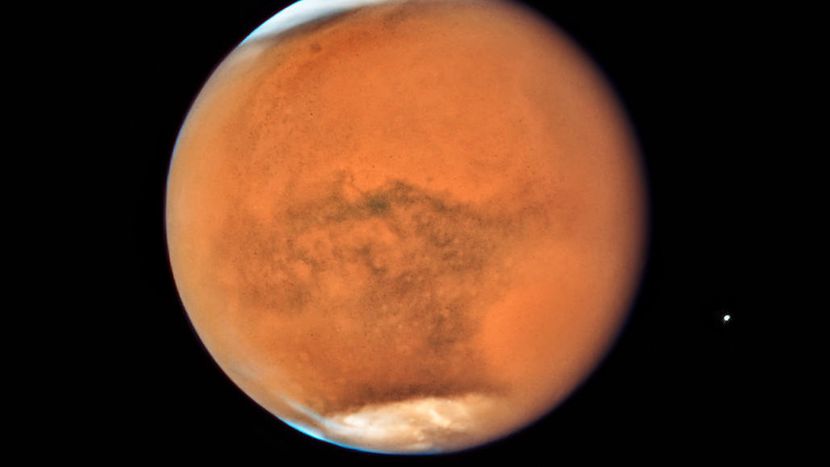PCBs are surely considered one of the major threats to ocean life. A recent study, however, suggests that the impact of PCBs on killer whales can be worse than expected. Polychlorinated biphenyls were banned a decade or so back, but their presence in the ocean has not even started to fade in exponentially. This creates a situation where killer whales are still under threat by the issue. According to this study, the concentration of PCBs in the ocean water would cause the extinction of half the killer whales across the globe. This would be happening within a period of three to five decades as well.
The study was published in the journal named Science, and it has been analyzing the state of killer whales in the light of the never-ending impact. It should be noted that, despite the recent stoppage of use, PCBs were used and dumped into the ocean for several decades. Some records show that an amount of more than one million tons of PCB waste has been dropped into the sea and much has remained in the same. This is one of the major reasons for the increasing concentration of the PCBs in the water. From long ago, however, it was found that PCBs have a negative effect on animals.
The major decision regarding the use of PCBs came in 2004, during the Stockholm Convention. More than 90 countries had agreed to take care of the PCB waste in an effective manner. None of these decisions has positively impacted the PCB concentration though. The current situation has the PCB concentration going to the roofs, and killer whales are one of the most vulnerable species. Because whales have the first position in the food chain, a lot of PCBs get into the life systems, causing serious diseases and deaths. It should also be noted that some whales are living in contaminated areas.

Email: colin@satprwire.com Phone: +44 20 4732 1984
Colin has been working in the business industry for quite a sometime and he recently made the decision to become a full-time business journalist. At Daily Research News, he also helps us take care of the business writing.



